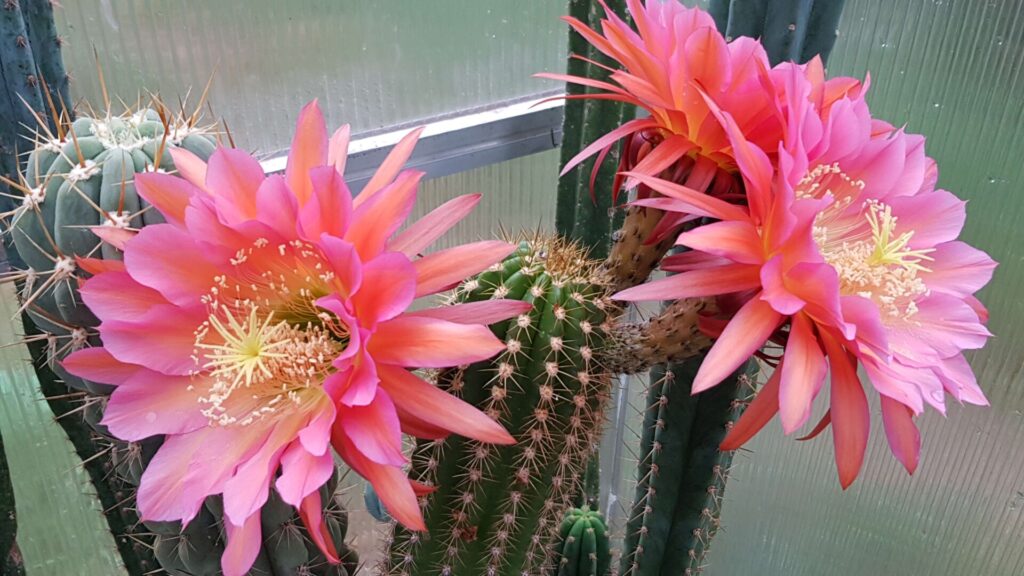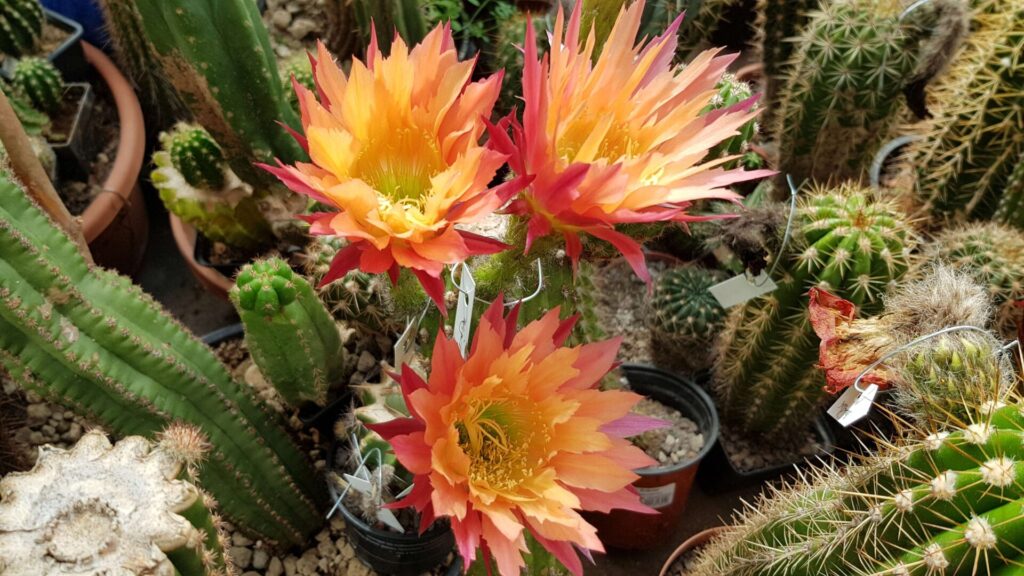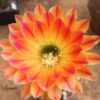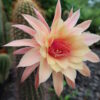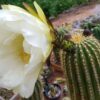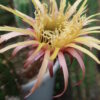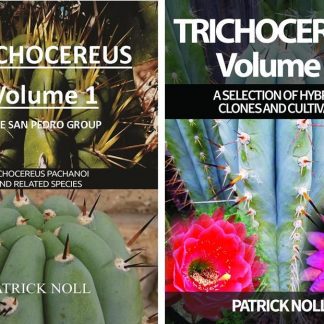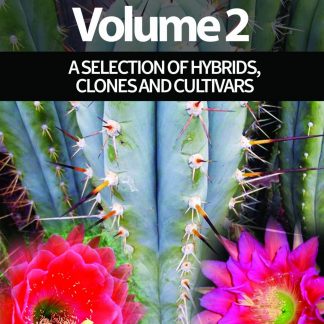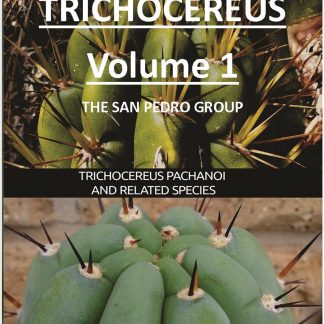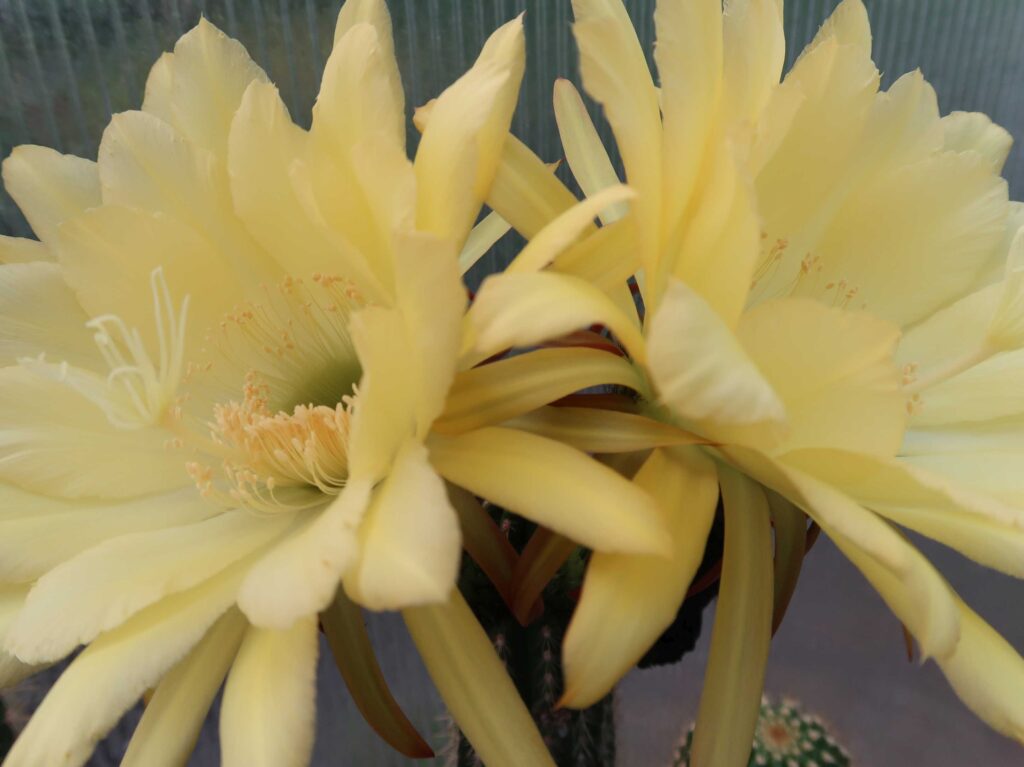
This cool plant is an Echinopsis shaferi / Trichocereus shaferi that I got through eBay, maybe 10-15 years ago. The plant was supposed to flower white, but ended up having an incredibly beautiful yellow flower that had a diameter of over 20 cm AND WAS RUFFLED. Perfect flower right there. The plant is incredibly fertile…

